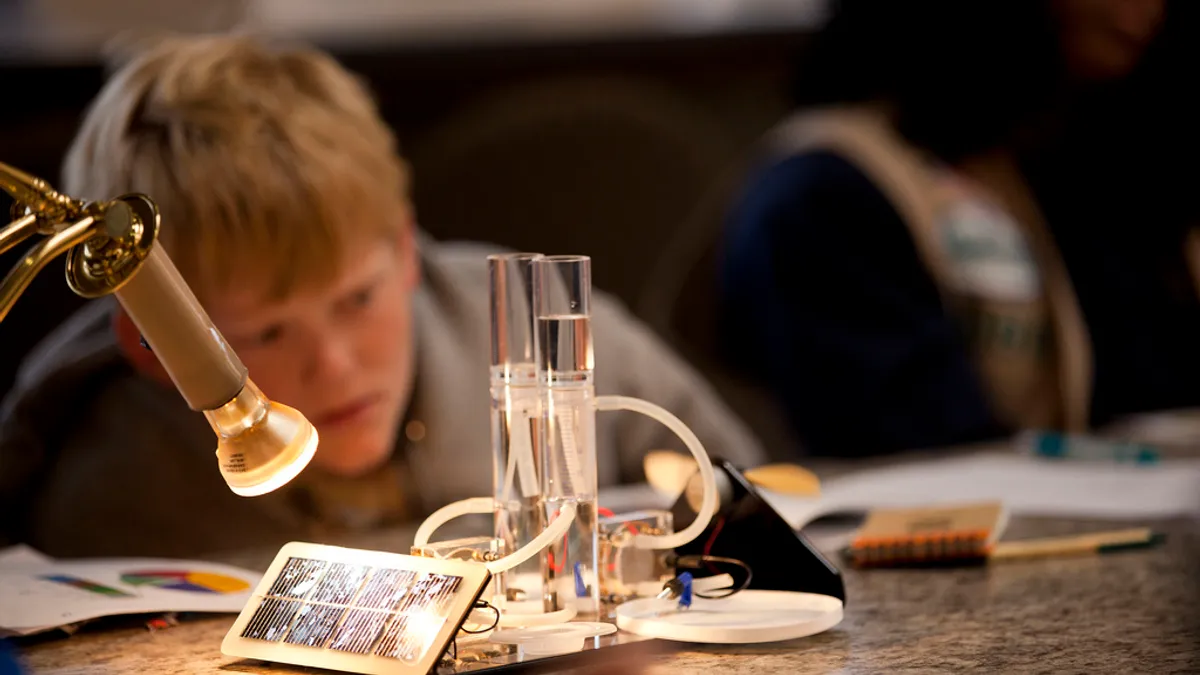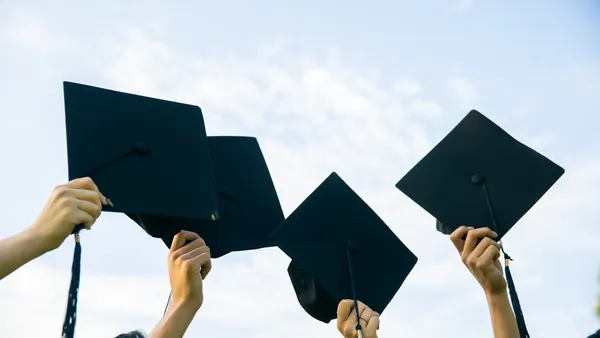Dive Brief:
- Chris Elsworthy, the founder of 3D printer company CEL, says STEM teaching and tech-driven learning provided him and others with learning disabilities a unique learning opportunity.
- Elsworthy says more hands-on approaches and tactile learning help students with diagnosed learning disabilities, like his dyslexia, to engage and understand the material.
- He also points to assistive technologies that can operate on mobile devices as potentially revolutionizing learning for disabled students.
Dive Insight:
According to a 2014 study, roughly 8% of American students have a diagnosed learning disability. But just 5-6% of STEM jobs are filled by people with some form of disability. Elsworthy hopes that changing how students learn earlier on can help change that paradigm.
"Though I struggled through my education experience — in both school and university — I found inspiration in my work with technology," Elsworthy wrote in eSchool News. "For me, it was beyond an educational aid — my success in college was largely due to grants I received for computers to help with my studies. But the real benefit that technology provided was the confidence to know that someday I could have a thriving career."













